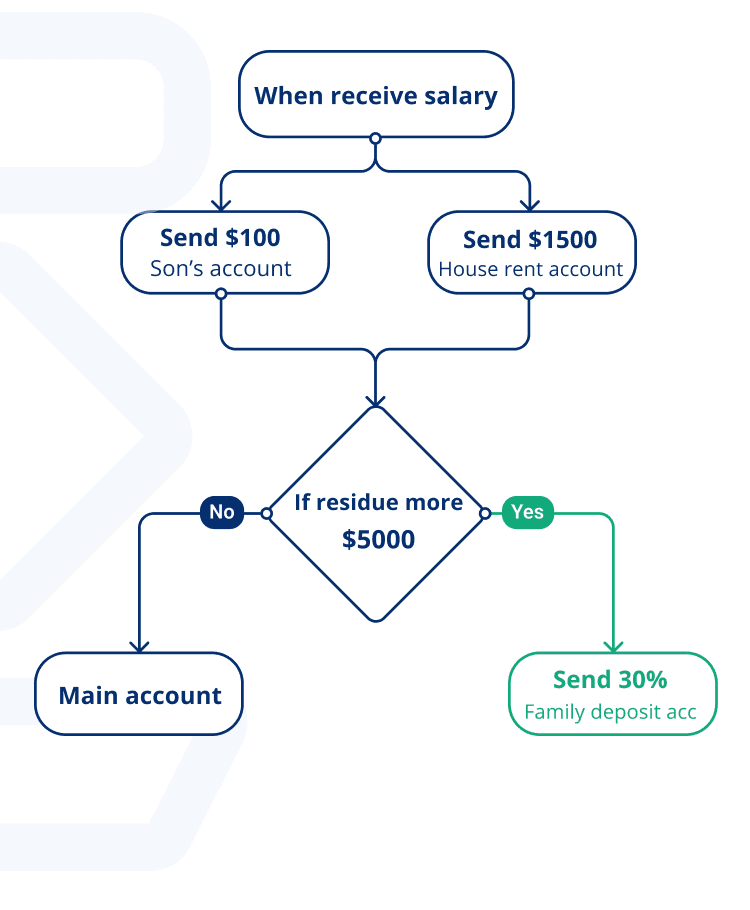Understanding Energy Usage
To begin mastering efficiency in your home, it’s crucial to understand where and how energy is being used. Start by conducting an energy audit to identify areas of improvement. This involves examining your appliances, HVAC system, lighting, and insulation to determine their energy consumption levels.
Implementing Smart Thermostat Controls
One of the most effective ways to save energy is by installing a programmable or smart thermostat. These devices allow you to set schedules for heating and cooling based on your daily routine. By optimizing temperature settings, you can reduce energy waste and lower your utility bills without sacrificing comfort.
Sealing Air Leaks and Insulating
Air leaks and poor insulation can significantly impact your home’s energy efficiency. Take the time to seal gaps and cracks around windows, doors, and other openings to prevent air leaks. Additionally, consider adding insulation to your attic, walls, and floors to minimize heat loss and improve energy retention.
Upgrading to Energy-Efficient Appliances
Old, outdated appliances are notorious for wasting energy. Consider upgrading to Energy Star-rated appliances, which are designed to consume less energy while still providing the same level of performance. Focus on high-energy consumers like refrigerators, dishwashers, washing machines, and water heaters for maximum savings.
Maximizing Natural Lighting
Harnessing natural light is not only energy-efficient but also enhances the aesthetic appeal of your home. Keep curtains and blinds open during the day to let sunlight in, reducing the need for artificial lighting. Consider installing skylights or larger windows in rooms that lack natural light to further brighten up your space.
Switching to LED Lighting
Replacing traditional incandescent bulbs with LED bulbs is a simple yet effective way to save energy. LED bulbs use significantly less energy and last much longer than incandescent bulbs, making them a cost-effective lighting solution for your home. Plus, they come in a variety of colors and styles to suit any decor.
Unplugging Electronics When Not in Use
Many electronic devices continue to consume energy even when they’re turned off but still plugged in. Combat this “phantom energy” by unplugging electronics when they’re not in use or using power strips with built-in timers or switches to cut off power completely.
Utilizing Energy-Efficient Window Treatments
Investing in energy-efficient window treatments can help regulate indoor temperatures and reduce heating and cooling costs. Look for curtains or shades with thermal insulation properties to minimize heat transfer and keep your home comfortable year-round.
Harnessing Renewable Energy Sources
Consider incorporating renewable energy sources like solar panels or wind turbines into your home to further reduce your dependence on traditional energy sources. While the initial investment may be significant, renewable energy systems can lead to long-term savings and reduce your carbon footprint.
Practicing Energy-Conscious Habits
Finally, mastering efficiency in your home requires adopting energy-conscious habits on a daily basis. Simple actions like turning off lights when you leave a room, washing clothes in cold water, and adjusting thermostat settings can add up to significant energy savings over time. By making these small changes, you can make a big impact on your home’s energy consumption and contribute to a more sustainable future. Read more about 100 ways to save energy at home


